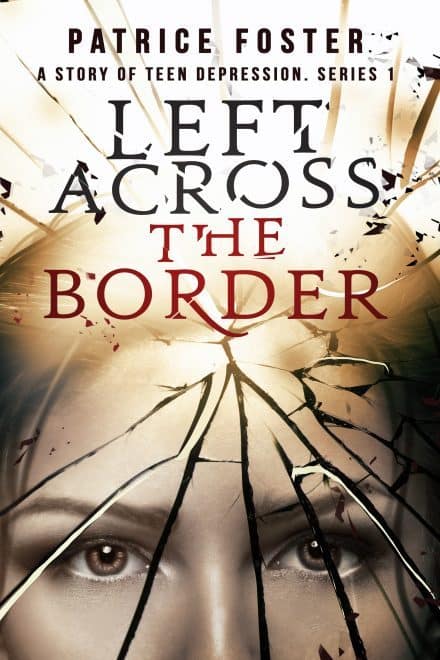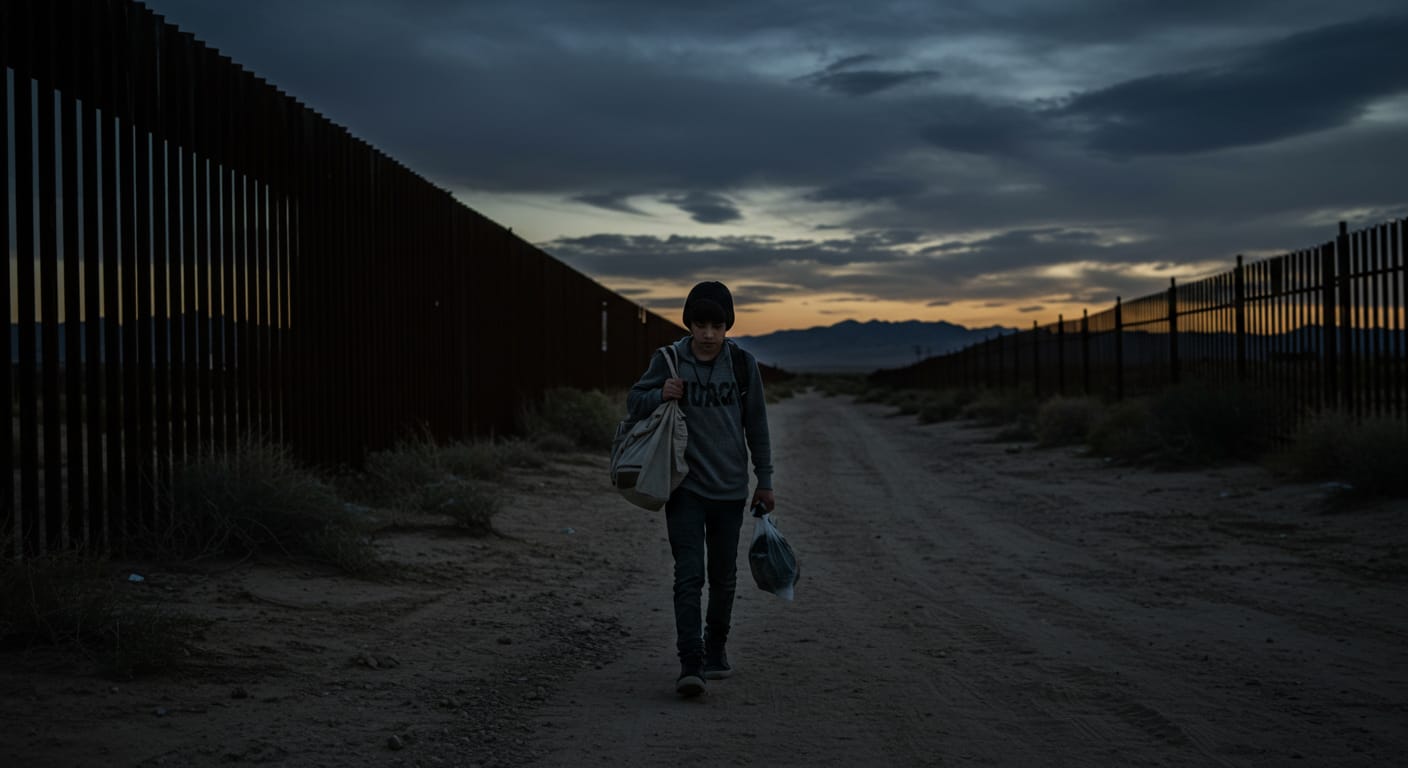Left Across the Border
Immigration is an ongoing issue the United States has faced for many years—particularly when it comes to managing the large number of undocumented immigrants crossing the Mexican border in search of a better life.
In places like Mexico City and Guatemala, parents trapped in poverty often make a heartbreaking decision: they send their children—alone—on the dangerous journey to the U.S. These youth carry stories of hiding from Border Patrol, facing hunger, fear, and the ever-present danger of violence. Some even reference historical tensions rooted in the legacy of the Mexican-American War, which continue to shape the border experience today.
Immigration and Isolation
For many of these teens, darkness and isolation become their only companions. The sense of abandonment is overwhelming.
“I take issue with many people’s description of people being illegal immigrants. There aren’t any illegal human beings as far as I’m concerned.” — Dennis Kucinich
These young people flee not because they want to break laws, but because they are desperate for peace, safety, and a sliver of opportunity.
Caught in the Middle: The Forgotten Children
The American immigration crisis is a complicated dilemma. But too often, children are caught in the middle—unnoticed, unheard, and unsupported.
Once in the United States, many of these children find themselves alone, without any guardianship or support. Who will care for them? Who will help them survive?
Imagine being a child who doesn’t speak the native language, who’s been forced into exile, scattered across unfamiliar cities, and left to cling to the only comfort they’ve ever known—the memory of home.
“Illegal Story”: The Silent Struggles of Immigrant Teens
Across the border, there are countless untold stories of teenage depression, displacement, and emotional trauma. Too often, these issues are dismissed as a normal phase, especially by overwhelmed or distant parents. But the reality is that many immigrant teens suffer in silence, ashamed of their pain, trying hard to wear a mask of strength.
“Left Across the Border” is a fictional book series inspired by the real struggles of immigrant youth—those who risked it all for a dream of freedom and belonging, only to face rejection and isolation. Their stories are marked by broken dreams, unanswered questions, and an urgent need for healing.
These children didn’t just cross borders.
They crossed into adulthood, into trauma, and into survival—alone.



Thank you for sharing. The invisible crisis needs to stop, hoping that we can bring awareness and change for these teens.
This sounds like a great book series that would not only teach readers about things outside their experiences, but also teach compassion. Great post.
This is such a sad situation all around. I hate that families feel they have be apart to be able to make ends meet. 🙁
this is great post . this is a sad situation and the crisis will need to stop hoping that we can bring awareness and change for these teens.
It’s sad when kids or teens go through this. I would love to read that book. Such an interesting book to read without a doubt.
You can get free copy Lynndee Let me know.
Wow, that seems so horrible to be left behind. So that this is today’s reality.
It’s so sad that parents can do this to their children. This happens not just in Guatemala and Mexico, but in other parts of the globe, too.
it’s good to know they cover it. That makes you aware to look more carefully if you’re working with youth.
I have heard something about this on Frontline a few months ago. Something needs to be done. Wish we had more funding for these kinds of programs.
Kristen something need to be done for all kids.
It is so depressing to see teens suffer this way. It saddens me that they have to go through horrible experiences. I wish this would stop.
I didn’t even know parents were sending their children across the border. I just wonder how many of them end up being homeschool. That is just terrible. Oh, how I wish this world wasn’t so wrapped up in money and greed. People need love, all of them, not just your immediate family.
Tami, seems like we both have the same vision….Thanks for your support.
I didn’t have any idea they don’t speak about these things on the news the real issues going on in America.
It is amazing what goes on in this world. Things I will never understand, how and why…
I really had no idea this was going on. Thanks for sharing this with us.
Thank you for bringing this back to the forefront. I never thought about the depression issue with these poor children. What an emotional toll this must be having on them.
Tyra, more people need to hear about how these children feel. Thanks for your support.
This is so sad! And we never hear anything about this in the media. Thanks for sharing.
It is really sad for everyone all around. Coming to America is the only way to make life better for their families but then some end up being separated for years.
I really like the fact that you continue to raise awareness about depression, especially among teens. Thanks for another great informative post.
I review sci fi and fantasy novels. This book isn’t either so my comments may not be entirely on the mark.
The girl needs a name. Some of the others in the story need names. Names make stories more immediate. Properly chosen, names also say something about the main character. There needs to be more dialogue and up close and personal action. Even if the book is non fiction, the techniques of fiction enhance the story. In the end, it reads like an extended synopsis.
Thanks for the review & Advice